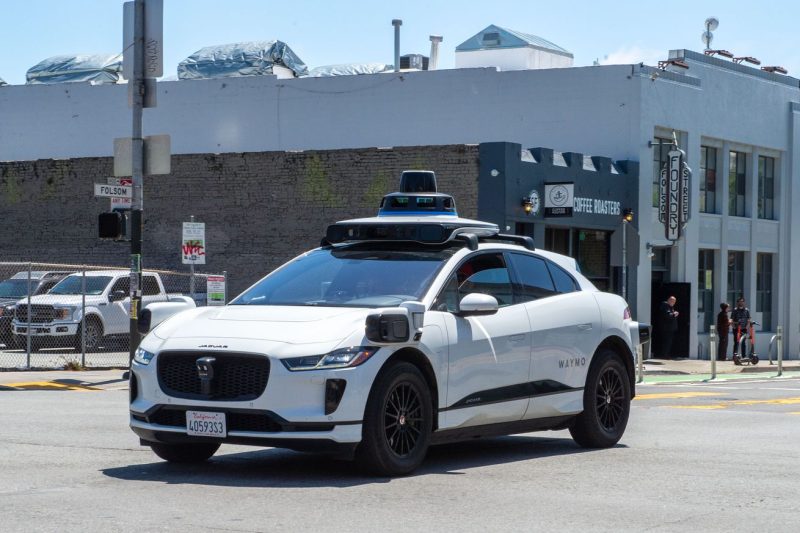In a recent incident that left both law enforcement officers and autonomous vehicle enthusiasts scratching their heads, a Waymo self-driving car found itself on the wrong side of the road. The Waymo vehicle, part of Alphabet Inc.’s autonomous driving project, was pulled over by police for driving in the oncoming lane, sparking a mix of confusion and curiosity about the limitations and challenges of self-driving technology.
This unexpected turn of events took place in the city of Chandler, Arizona, where Waymo has been testing its autonomous vehicles as part of its ambitious push towards a driverless future. The incident raised questions about the safety and reliability of self-driving cars, which are often touted as the way forward in transportation due to their potential to reduce accidents caused by human error.
According to reports, the police officer who pulled over the Waymo vehicle found it traveling at a slow speed in the opposite direction of traffic. The officer initiated a traffic stop, considering the vehicle a potential hazard, and approached the car to investigate the situation. The encounter between law enforcement and artificial intelligence presented a unique challenge, with the officer having to communicate with a machine rather than a human driver.
Waymo, for its part, quickly responded to the incident, explaining that the vehicle had detected an obstacle on its side of the road and had to navigate around it by briefly crossing into the oncoming lane. The company reassured the public that the situation was a one-off occurrence and that their self-driving technology is continuously improving to prevent such anomalies in the future.
Despite the apparent hiccup in this particular case, the broader picture of self-driving technology remains optimistic. Waymo and other companies in the autonomous vehicle industry are working tirelessly to enhance the safety, efficiency, and overall performance of self-driving cars. The incident serves as a reminder of the complexity involved in the development and deployment of such cutting-edge technology and the need for continued refinement and adaptation.
As autonomous vehicles become more prevalent on our roads, incidents like the one in Chandler underscore the importance of ongoing dialogue between industry stakeholders, regulators, and the public. Collaboration and transparency are key to addressing concerns and ensuring that self-driving cars fulfill their promise of revolutionizing transportation while upholding the highest standards of safety and reliability.


































